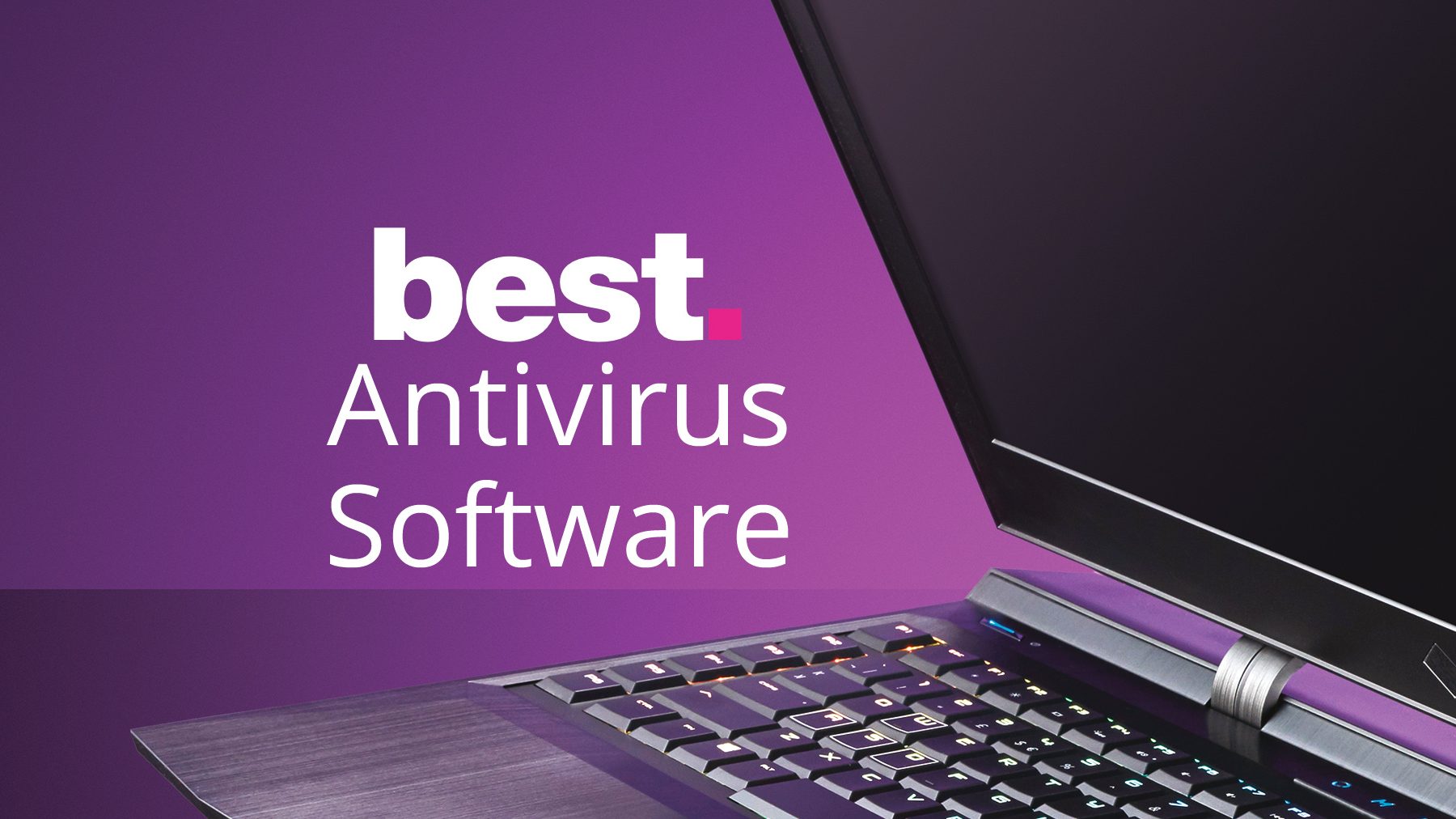Computer viruses are malicious programs designed to damage, disrupt, or gain unauthorized access to computer systems. The increasing sophistication of these threats makes virus removal a critical skill for maintaining computer security. This article outlines effective techniques for removing computer viruses and ensuring your system’s safety and integrity.
Identifying the Virus
Signs of Infection
Before you can remove a virus, it’s essential to recognize that your computer is infected. Common signs include:
- Slow Performance: Significant slowdown in system performance or frequent crashes can indicate a virus infection.
- Unusual Behavior: Unexpected pop-ups, redirects, or unauthorized changes to settings are red flags.
- Unknown Programs: Presence of unfamiliar applications or processes running in the background.
Using Antivirus Software
Antivirus programs are designed to detect and remove viruses. Ensure that your antivirus software is up-to-date and perform a full system scan.
- Quick Scan: Useful for detecting obvious threats in commonly infected areas.
- Full Scan: Comprehensive scan that checks all files and running processes, providing a thorough check for hidden viruses.
Removing the Virus
Using Antivirus Tools
Once a virus is identified, use your antivirus software to remove it:
- Quarantine: Most antivirus programs will quarantine the infected files, preventing them from causing further harm while you decide what to do next.
- Delete or Repair: You can choose to delete the infected files or attempt to repair them if the option is available.
Manual Removal
In some cases, manual removal may be necessary, especially if the antivirus software fails to eliminate the virus.
- Safe Mode: Boot your computer in Safe Mode to prevent most viruses from loading. This mode allows you to make changes to your system without interference from the virus.
- Task Manager: Use Task Manager to end any suspicious processes related to the virus. This step can help prevent the virus from running while you work on removal.
- Registry Editor: Check the Windows Registry for unusual entries. Be cautious when editing the registry, as incorrect changes can harm your system.
System Restore
If other methods fail, you might use System Restore to return your computer to a previous state before the infection occurred.
- Accessing System Restore: Go to Control Panel > System and Security > System > System Protection, then select System Restore.
- Choosing a Restore Point: Select a restore point from before the infection date. Note that this will not affect your personal files but may remove recent software installations.
Preventing Future Infections
Updating Software and Operating Systems
Keeping your software and operating systems updated is crucial for protecting your computer from future infections.
- Automatic Updates: Enable automatic updates for your operating system and applications to ensure you receive the latest security patches.
- Regular Checks: Periodically check for updates manually, especially for critical software like web browsers and antivirus programs.
Safe Browsing Practices
Adopting safe browsing habits can reduce the risk of encountering viruses:
- Avoid Suspicious Links: Do not click on unknown or suspicious links in emails or websites.
- Download from Trusted Sources: Only download software from reputable websites and verify the legitimacy of files before opening them.
Regular Backups
Regular backups of your important data can help you recover if your system is infected:
- Automated Backups: Use automated backup solutions to regularly save copies of your files to an external drive or cloud storage.
- Test Restorations: Periodically test your backups to ensure they can be successfully restored if needed.
Additional Steps for Comprehensive Security
Running Additional Security Tools
In addition to antivirus software, consider using additional security tools:
- Anti-Malware Programs: Tools like Malwarebytes can detect and remove various types of malware that traditional antivirus programs might miss.
- Firewall: Ensure that your firewall is active to block unauthorized access to your computer and network.
Educating Yourself and Others
Education plays a vital role in preventing infections:
- Stay Informed: Keep up-to-date with the latest security threats and best practices for avoiding them.
- Training: Educate yourself and others in your household or workplace about safe computing practices and recognizing potential threats.
Consulting Professionals
For persistent or severe infections, consulting a professional may be necessary:
- Technical Support: Seek assistance from a reputable IT support service if you’re unable to resolve the issue on your own.
- Professional Removal Services: Specialized services can offer advanced tools and expertise for dealing with complex virus infections.
Conclusion
Effective computer virus removal involves a combination of detection, removal, and prevention techniques. By identifying symptoms, using reliable antivirus tools, and adopting good security practices, you can safeguard your computer against viruses and other malware. Regular updates, safe browsing habits, and comprehensive security measures will help protect your system from future infections. If you encounter persistent issues, don’t hesitate to seek professional assistance to ensure your computer remains secure and functional.

